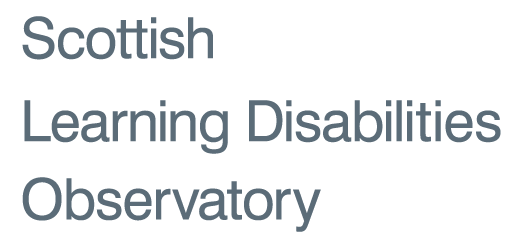Inequalities in oral health and access to dental services in children and young people with learning disabilities

Background
The dental health of children in Scotland has improved over the last decade. However, inequalities in child oral health remain. Some groups of children are particularly at risk, including those from economically disadvantaged communities and those with learning disabilities. To date, oral and dental health service access among children with educational additional support needs (ASN), including children with learning disabilities and/or autism has received less attention.
We investigated the oral and dental health service access among young children with ASN compared to the general child population in Scotland.
What we did
For the pre-pandemic school years 2016/17 to 2018/19, Scotland’s pupil census was linked (in a safe, secure, and confidential way) to four other routine administrative national databases (the National Dental Inspection Programme (NDIP) – school dental inspections in Primary 1; NHS dental practice activity; NHS hospital dental activity; and the Childsmile database).
Dental data on 166,781 children were included. Children were grouped according to their ASN status in Primary 1. Their oral health and dental service access were compared, accounting for socioeconomic circumstances and type of school attended.
What we found
Oral health - tooth decay
- Experience of tooth decay in Primary 1 was highest among children with social educational ASN when compared to their peers with no ASN.
- Children with learning disabilities were almost twice as likely to experience tooth extraction (due to tooth decay) under general anaesthesia than their peers with no ASN.
Access to school dental inspections
As part of the National Dental Inspection Programme - all children in local authority schools in Scotland in Primary 1 and Primary 7 should receive a dental inspection in school. The findings of this inspection are provided to parents and efforts are made to try and follow up children with dental abscesses or high levels of tooth decay.
- Access to the National Dental Inspection Programme among P1 children with learning disabilities or autism improved markedly from 2016 onwards (when the NDIP programme was expanded to include special schools). However inspection levels are not yet in line with children with no ASN.
- In participating schools, children with learning disabilities or autism have higher rates of refusal.
- Children with learning disabilities or autism who attended special schools were less likely to get a dental inspection than their peers in mainstream schools.
- Post 2016 children with learning disabilities or social ASNs were less likely to be inspected due to attending schools not participating in NDIP.
Access to dental services
- Regular attendance at dental practices (in high street or in health centres) for children with any ASN was lower than for children with no ASN.
- For children who did attend the dentist those with autism (and to a lesser extent those with learning disabilities) were less likely to receive “Childsmile” preventive care in practice (fluoride varnish, dietary advice or toothbrushing instruction).
Childsmile – the national oral health improvement programme for Scotland includes:
- Children with intellectual disabilities or autism were more likely to receive support from Childsmile’s Dental Health Support Workers compared to those with no ASN.
- Children with intellectual disabilities or autism had equal/similar access to Childsmile’s nursery supervised daily toothbrushing programme, compared to children with no ASN but those with a social ASN were less likely to participate in this programme.
What these findings mean
We are developing a set of recommendations for policy and practice based on our analysis in collaboration with stakeholders.
, , , et al. Child oral health and preventive dental service access among children with intellectual disabilities, autism and other educational additional support needs: A population-based record linkage cohort study. Community Dent Oral Epidemiol. 2022; 00: 1- 9. doi: 10.1111/cdoe.12805
